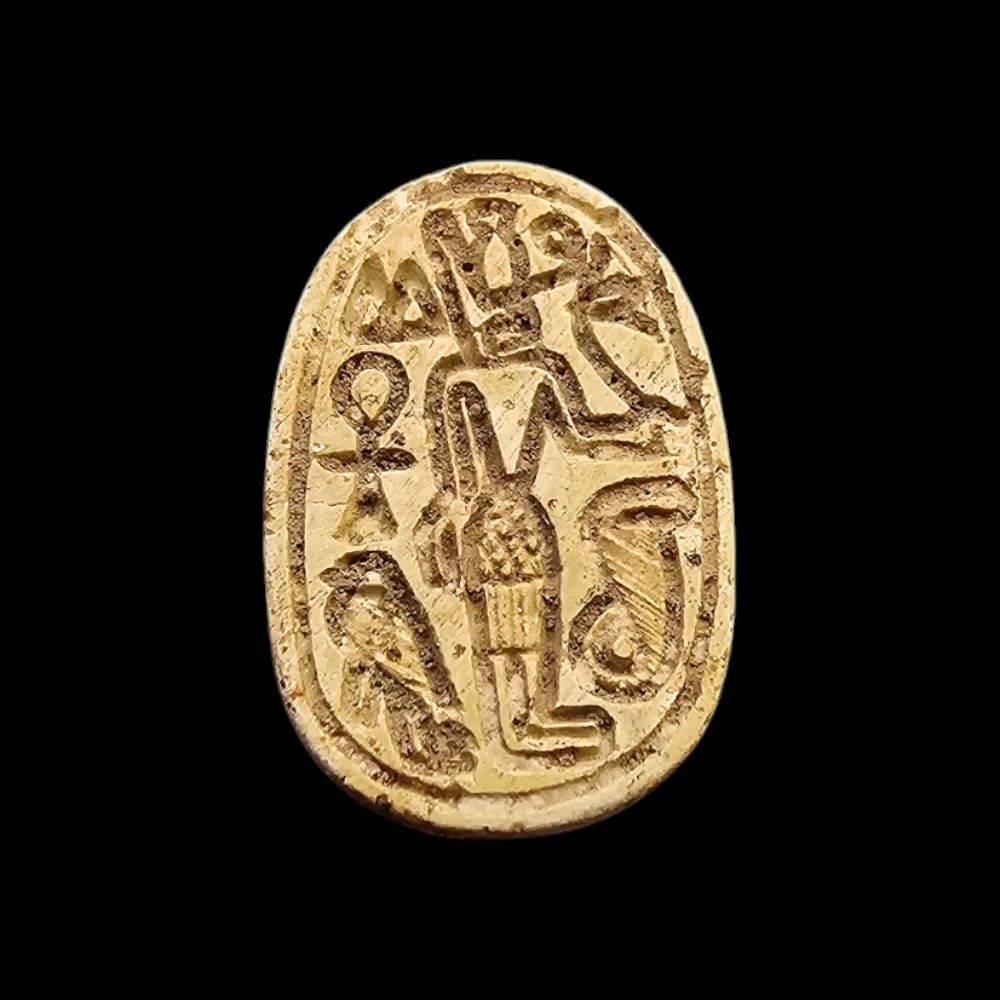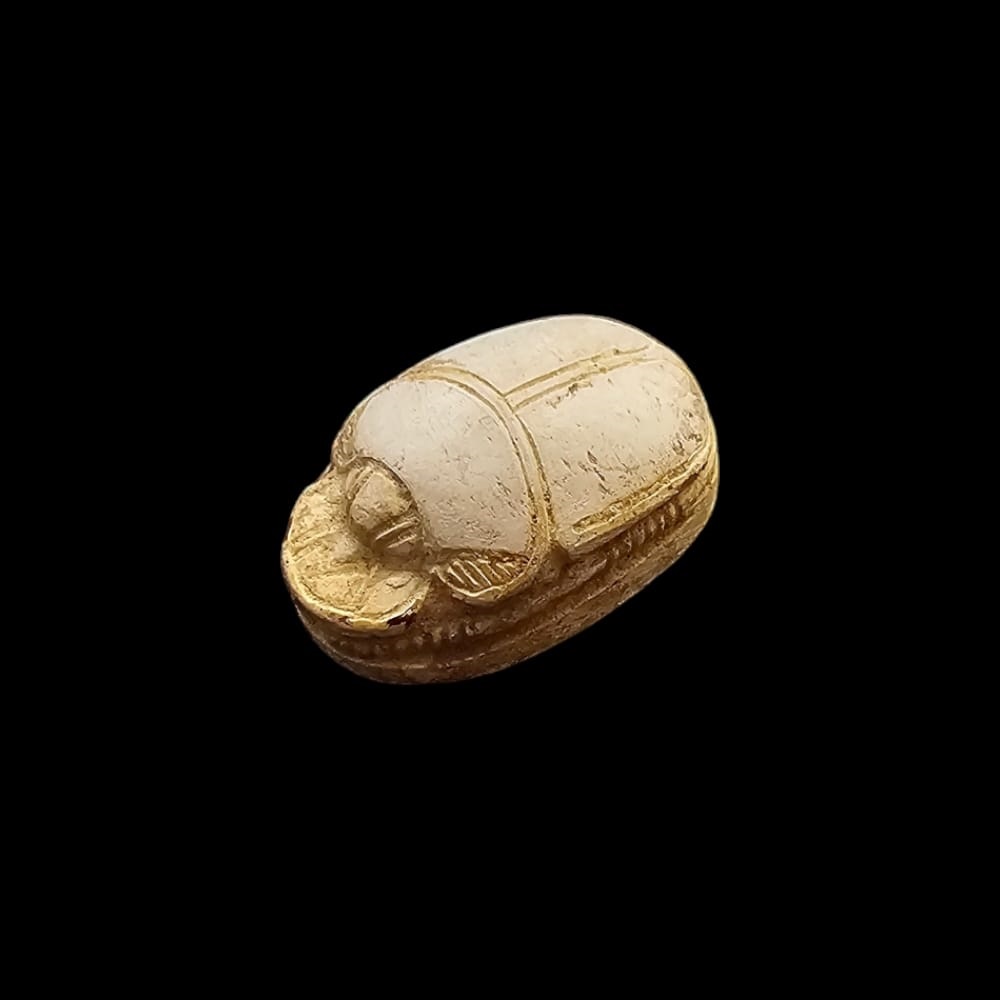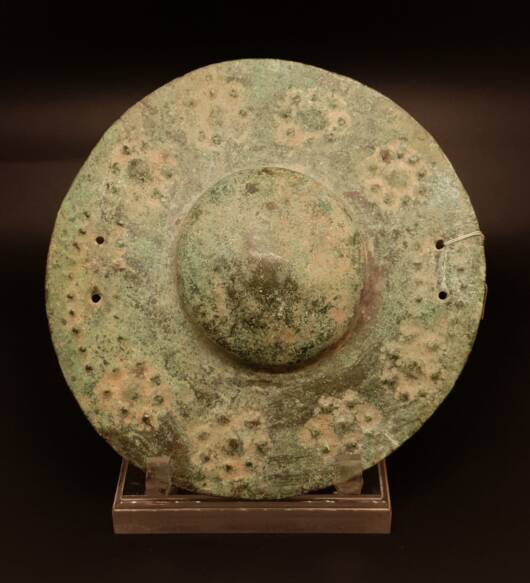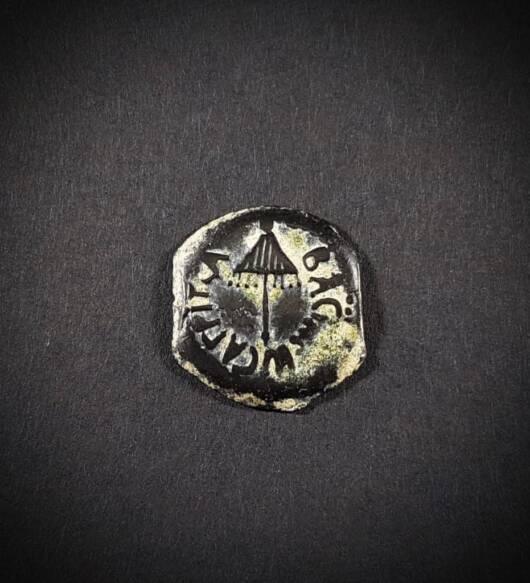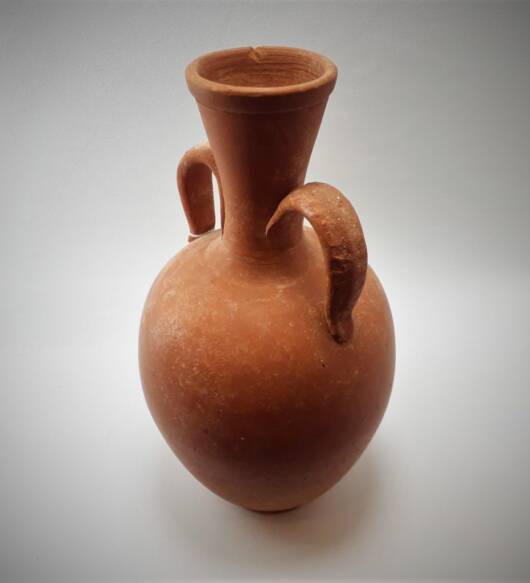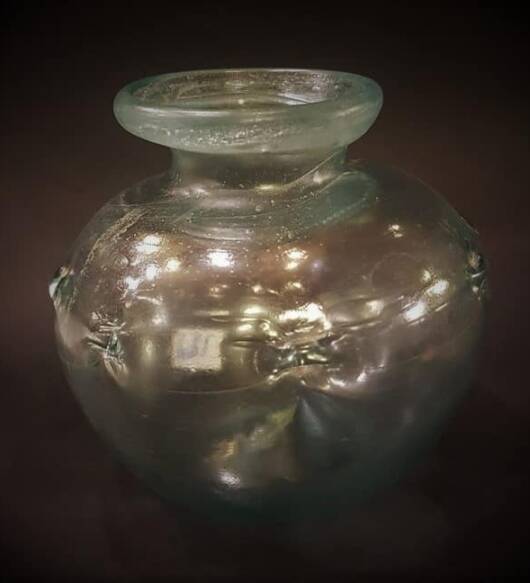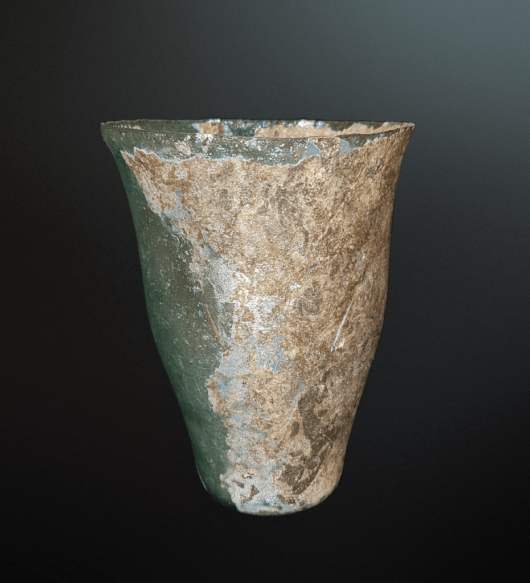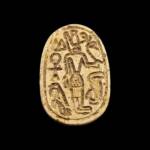Rameses II King wearing helmet Scarab
Description
Description
Ancient Hyksos Steatite Scarab XIXth Dyn
A King wearing the (khepersh) helmet with uraeus attached and also a kilt, standing and holds a (wesr) sceptre of (power) in his left hand, Uraeus (A Symbol of a King with full life protected form Wadjet)
Rameses II 1292/1189 Bc
The sacred beetle of ancient Egypt, the scarab is an emblem of the creator, Khepera. The word kepher denotes Being, Existence, Creation, or Becoming, and the god Kephera is the self-existent maker of all things.
The worship of the scarab, which is symbolic of resurrection and fertility, dates from the earliest period of civilization in Egypt.
Carved scarabs served two major functions: as amulets with protective and religious powers, and as personal seals, which designated the property and authority of the individual whose name was placed upon them.
In both cases, the power ascribed to the scarab was very great—in life they served as the signature of their owner and were thought to bring prosperity, and in the afterlife they ensured rebirth through eternity.
Ref. Alan Rowe A Catalogue of Egyptians Scarabs Scaraboids, seals and Amuletes in the Palestinian Archaeolgical Museum 1936
No.696


